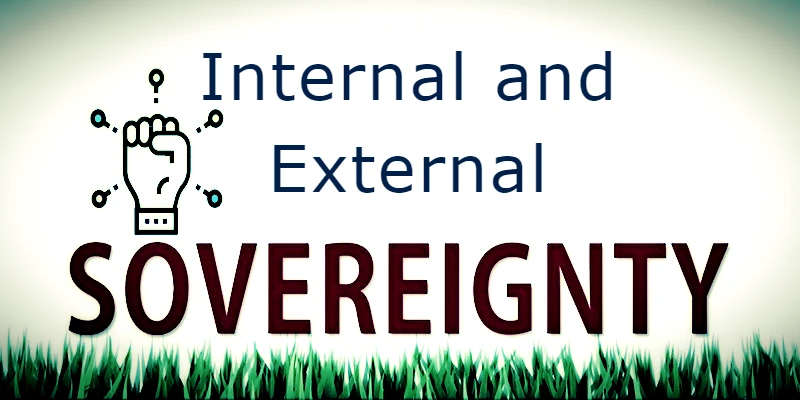What is the definition of theory and paradigm? Are they identical or different concepts? Let’s explain the relationship between theory and paradigm.

Understanding the relationship between theory and paradigm
Overview:
The terms “theory and paradigm” are often used interchangeably in the social sciences, although social scientists do not always agree that they are the same or different concepts. In some senses, these words are used interchangeably but they differ from one another in scope, allowing each of the terms to relate to one another in a manner similar to a parent-child relationship. Let’s understand the relationship between theory and paradigm.
What is a theory?
A theory is a detailed and systematic explanation of a specific phenomenon within a discipline. A theory relies on observation and experimentation to develop and test specific hypotheses. It is constantly reviewed and adjusted based on new evidence and discoveries.
A theory is a strong and approved scientific principle that is supported by various experiments and observations or evidence. A good theory has strong descriptive power. It helps scientists describe research work and make predictions about future events
A theory is a direct result of research and is used to explain specific phenomena within a discipline.
Examples of theories include Einstein’s theory of relativity in physics and Darwin’s theory of evolution in biology.
What is a paradigm?
The word ‘paradigm’ has a Greek origin from the word ‘paradeigma’ which means example, sample or pattern.
A paradigm is a general perspective or model that informs the way in which a discipline is approached. It is an intellectual substructure through which we can see the world around us.
Therefore, the paradigm can be described as a set of ideas, research material, postulates, etc. for a theory.
A paradigm can be so vast and widely accepted that almost no one notices it, just as the air you normally breathe doesn’t notice it.
A paradigm is based on a set of shared assumptions and common methodological approaches. These assumptions and methodological approaches provide a structure for research within the discipline.
A paradigm can be difficult to change, as it is often accepted as the dominant framework within the discipline.
Paradigms are a way of framing what we know, what we can know, and how we can know it. In the social sciences there are several prevailing paradigms, each with its own unique ontological and epistemological perspective.
Examples of paradigms include the cognitive paradigm in psychology and the evolutionary paradigm in biology.
The relationship between theory and paradigm
Theory and paradigm are the two terms that are interdependent. As in the case of analyzing and evaluating, one must have a paradigm before writing a theory.
Paradigms serve as frameworks for creating new theories. Marxism, functionalism and structuralism are some famous examples of paradigms. For example, the Marxist model views society as having two classes—the capitalist class and the working class. The Social Conflict Theory is based on the Marxist model. While forming new theories, social scientists look at things from a perspective defined by paradigms.
Let’s see the real-life example of theory and paradigm relationship! For centuries, astronomers developed theories based on the model that the Earth was at the center of the universe (geocentric paradigm)). However, when Nicolaus Copernicus introduced the idea that the Sun was the center (heliocentric paradigm) and concluded that every planet, including Earth, revolved around the Sun, theories shifted dramatically to reflect this new perspective.
The paradigm of a specific area of science guides and informs experiments and the gathering of information based on the observations of researchers in this scientific field. As research is carried out, scientists seek to increase the scope of known concepts. As the body of knowledge grows and concepts are affirmed or changed, the facts in question are compared with the predictions of certain theories within that specific area of science. As theories are affirmed or reformed, paradigms are evaluated and possibly reformed so that the basic principles or beliefs of the paradigm are more closely correlated with the researchers’ observations.
The paradigm is a collection of contemporary theories. Hence theories and paradigms are interrelated.
Conclusion: Theory and Paradigm
A paradigm is a general perspective that informs how a discipline is approached, while a theory is a detailed explanation of a specific phenomenon within that discipline. Both are important in scientific research and must be properly understood and applied.
Paradigm and theory involve structuring and forming new statements and evidence with a supporting hypothesis. They are interdependent as in the case of analyzing and evaluating. The paradigm is the structure or framework for a theory to develop from it. Most theories develop from the initial paradigm.



